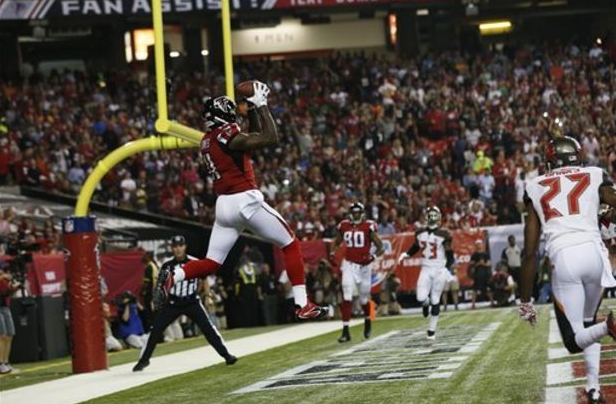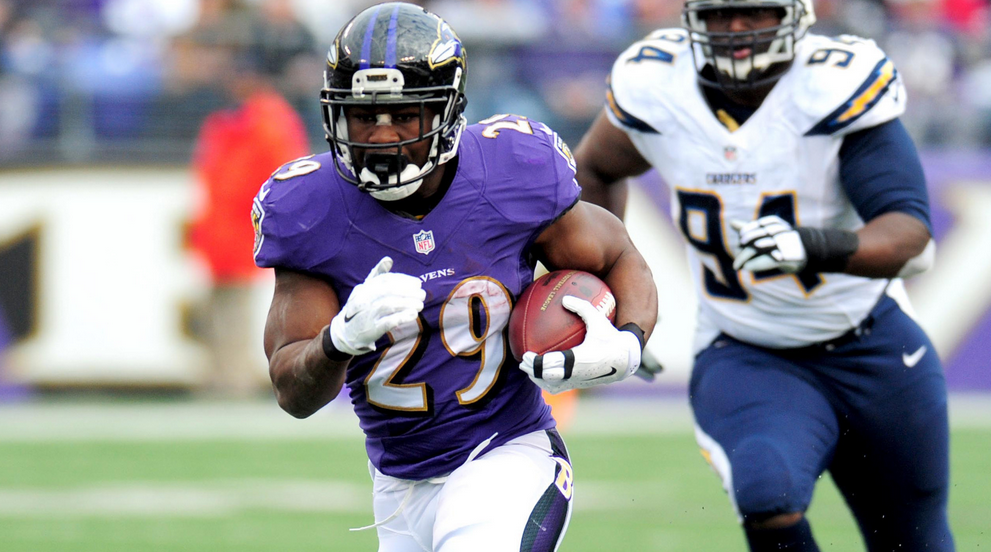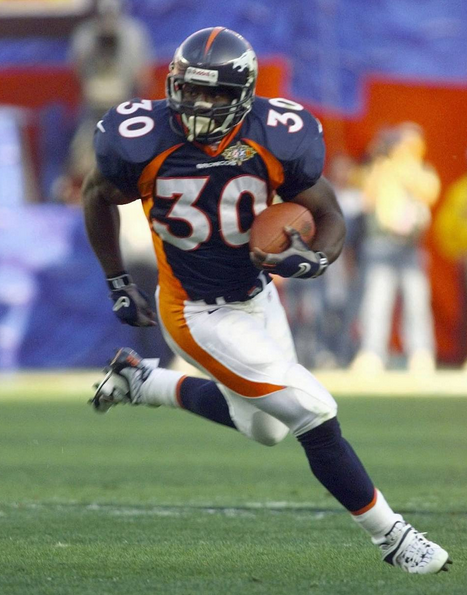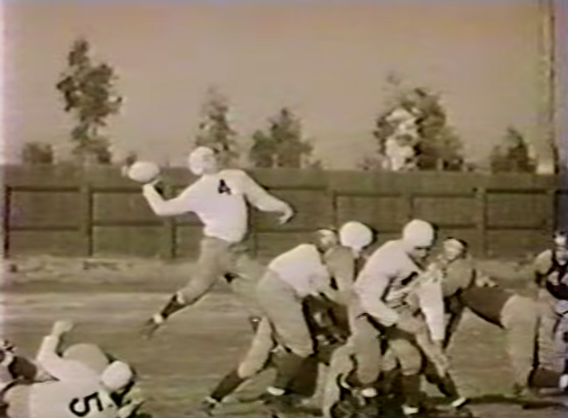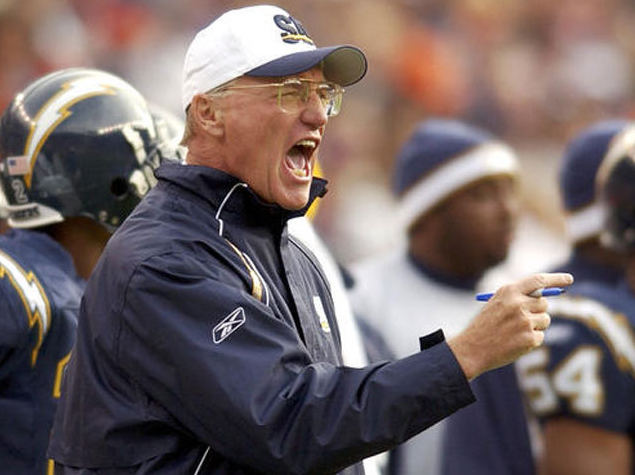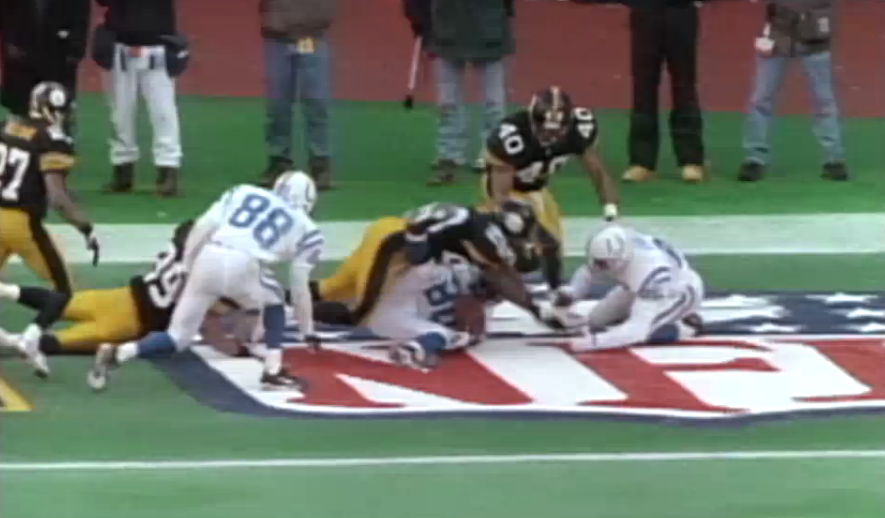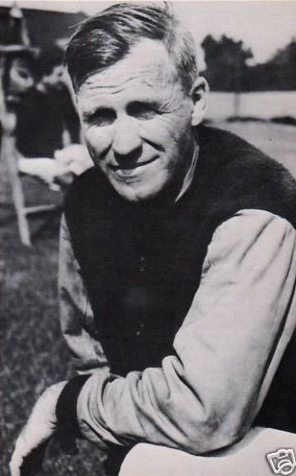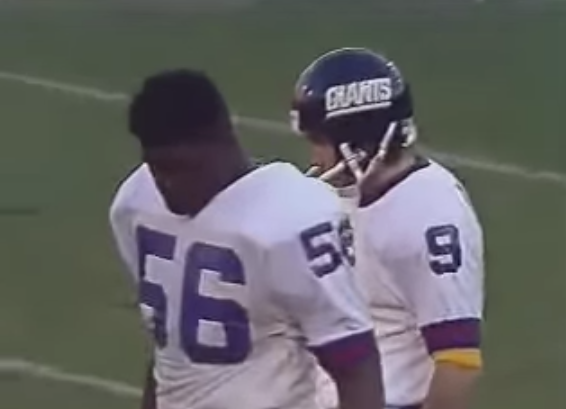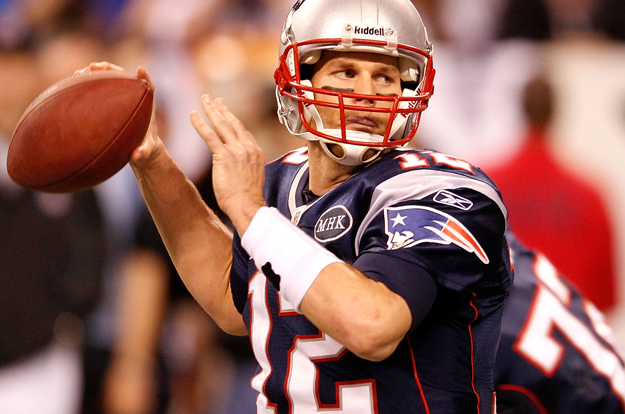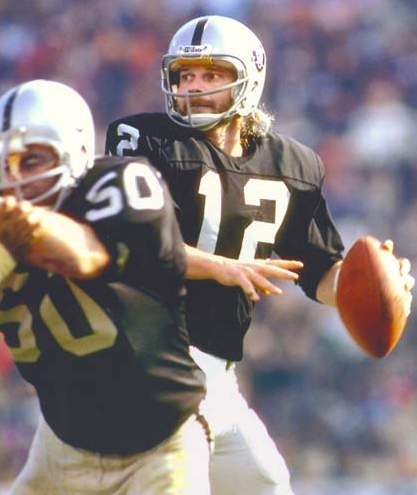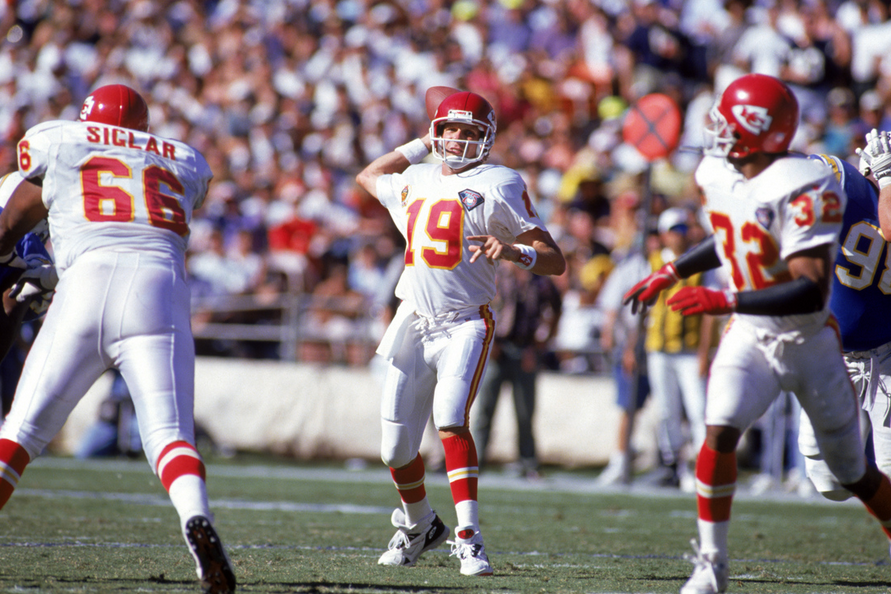Same drill as yesterday. This time, though, I wanted to look at receivers — tight ends and wideouts only — and determine whose production had vacillated the most from 2013 to 2014. The leader in the plus column was the Falcons’ Julio Jones (an increase of 1,013 receiving yards over last season). The leader in the minus column was the Browns’ Josh Gordon (a decrease of 1,343), who was suspended for 10 games because of a DUI conviction.
Again, this isn’t necessarily a measure of whether a player was better or worse. Injuries, naturally, can cause big swings one way or the other. The question is more: What did his team get out of him?
BIGGEST GAINERS
[table width=”450px”]
Receiver\, Team,2013,2014,Gain
Julio Jones\, Falcons,580,1593,+1013
Travis Kelce\, Chiefs, 0*, 862, +862
Randall Cobb\, Packers,433,1287, +854
Malcolm Floyd\, Chargers,149, 856, +707
Emmanuel Sanders\, Broncos,740,1404, +664
Kenny Britt\, Rams, 96, 748, +652
Andrew Hawkins\, Browns,199, 824, +625
Larry Donnell\, Giants, 31, 623, +592
Marcus Wheaton\, Steelers, 64, 644, +580
Rob Gronkowski\, Patriots,592,1124, +532
[/table]
*Played in one game.
And just think: Jones missed a game. Otherwise, his total would have been even higher. As for Sanders, he certainly made a great free-agent decision to pair up with Peyton Manning. His yards nearly doubled.
BIGGEST DECLINERS
[table width=”450px”]
Receiver\, Team,2013,2014,Drop
Josh Gordon\, Browns,1646,303,-1343
Rod Streater\, Raiders, 888, 84, -804
Victor Cruz\, Giants, 998,337, -661
Jarrett Boykin\, Packers, 681, 23, -658
Vernon Davis\, 49ers, 850,245, -605
Pierre Garcon\, Redskins,1346,752, -594
Denarius Moore\, Raiders, 695,115, -580
Brandon Marshall\, Bears,1295,721, -574
Brian Hartline\, Dolphins,1016,474, -542
Harry Douglas\, Falcons,1067,556, -511
[/table]
On this side of the street, you have Boykin, whose yardage totals in his first three seasons have bounced from 27 to 681 (when Cobb was hurt) to 23 (when Cobb was healthy again), and Garcon, whose stats took a big hit after the Redskins signed DeSean Jackson (and the quarterback situation turned into a three-headed mess).
OK, I’ve got that out of my system. Make of the data what you will. Just wanted to throw it out there.
Source: pro-football-reference.com

